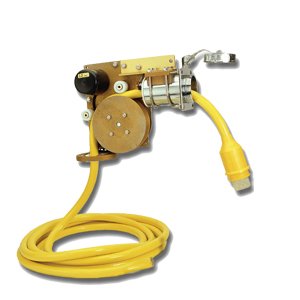sbu22
Guru
- Joined
- Mar 16, 2011
- Messages
- 1,253
- Location
- US
- Vessel Name
- Panache
- Vessel Make
- Viking 43 Double Cabin '76
Using Inet prices (most from Fisheries Supply) here the $ for a 2x30 amp “refit” (except the last) from and including the boat inlet to the Y, using 50’ cables:
Marinco - $370
Hubbell - $438
S’plug - $654
Marinco 50 amp - $1,090
Rightly or wrongly, I’m through with Marinco. Going to Hubbell, I might save the cost of the new boat side entrance (need to pull that apart and inspect), but I’m not optimistic about its condition after reading some of the above. FF is of the opinion that Hubbell is a better product. Will Hubbell locking rings mate up with Marinco plugs?
Psneed probably has the best setup for eliminating the problem (heavy capacity working at light loading), but there’s initial cost and the need to be humping 50 amp cable around.
As I see it, its Hubbell v Smartplug. Decisions, decisions ……
Marinco - $370
Hubbell - $438
S’plug - $654
Marinco 50 amp - $1,090
Rightly or wrongly, I’m through with Marinco. Going to Hubbell, I might save the cost of the new boat side entrance (need to pull that apart and inspect), but I’m not optimistic about its condition after reading some of the above. FF is of the opinion that Hubbell is a better product. Will Hubbell locking rings mate up with Marinco plugs?
Psneed probably has the best setup for eliminating the problem (heavy capacity working at light loading), but there’s initial cost and the need to be humping 50 amp cable around.
As I see it, its Hubbell v Smartplug. Decisions, decisions ……


